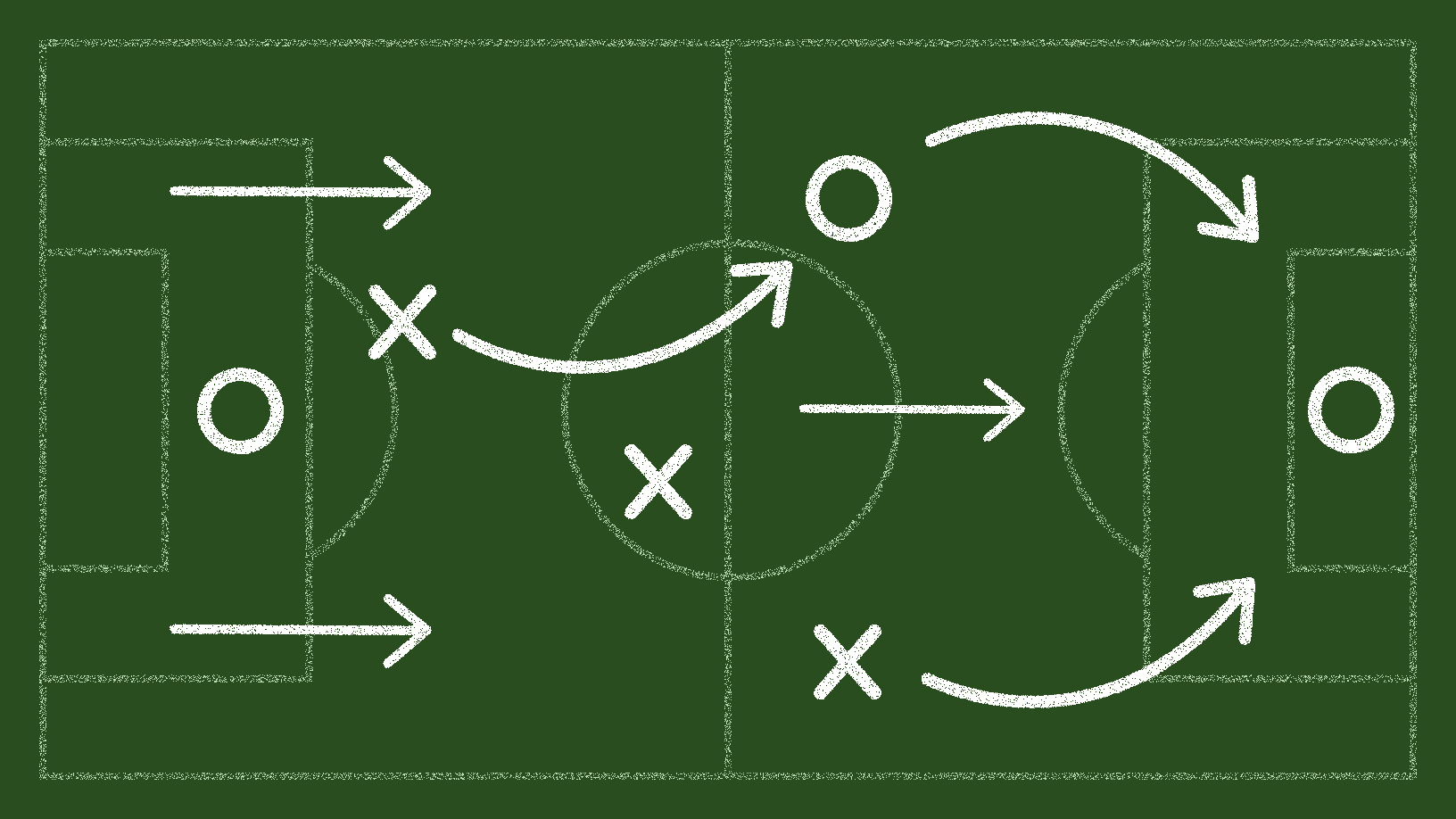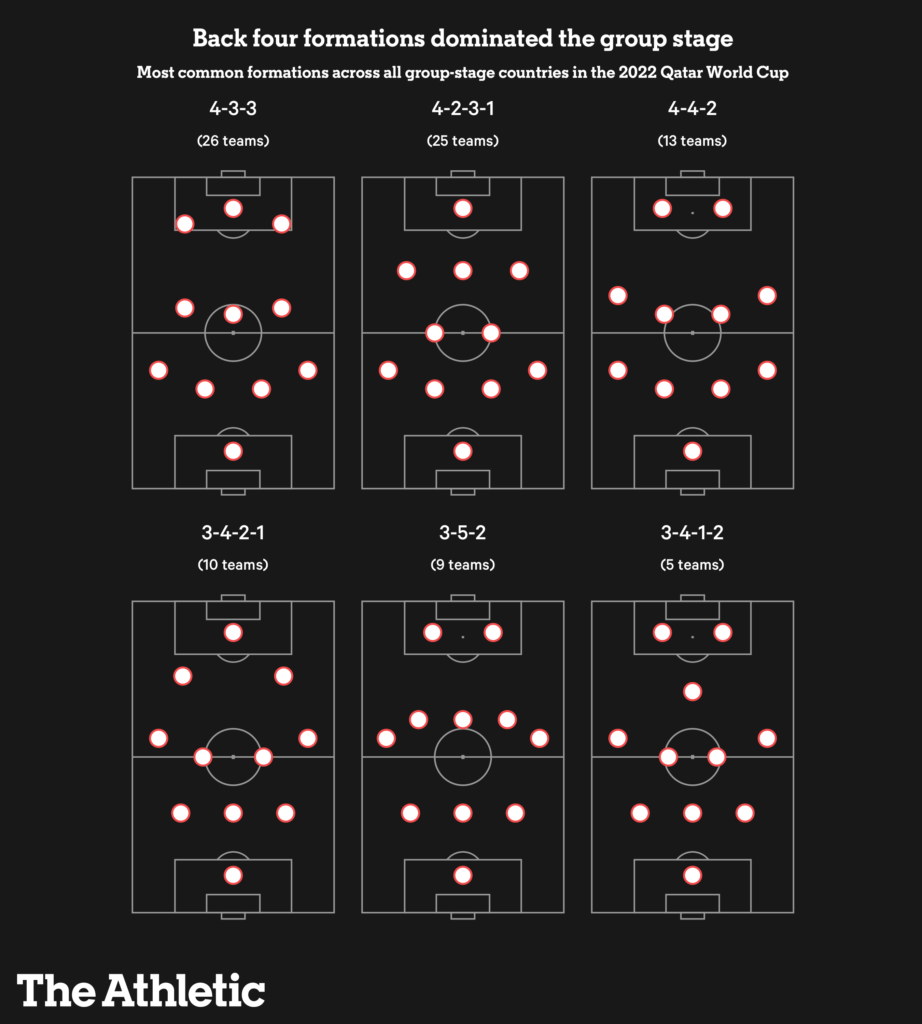“Football Tactics Popular in Mexico
Related Articles Football Tactics Popular in Mexico
Football Tactics Popular in Mexico

Mexico, a nation steeped in footballing history and passion, boasts a vibrant and evolving tactical landscape. From the glory days of "La Volpe’s" intricate build-up play to the modern emphasis on high-pressing and positional fluidity, Mexican football has consistently showcased a unique blend of innovation and adaptation. Understanding the popular football tactics in Mexico requires delving into the historical context, the influence of foreign coaches, and the unique player characteristics that define the Mexican game.
Historical Context: A Foundation of Attacking Flair
Historically, Mexican football has been characterized by an attacking philosophy. The emphasis has always been on entertaining the fans with skillful dribbling, quick passing combinations, and a relentless pursuit of goals. This attacking mindset can be traced back to the early days of professional football in Mexico, where clubs prioritized entertaining play over rigid tactical structures. This inherent attacking flair has shaped the tactical development of the country, influencing the types of formations, strategies, and player roles that have become popular over time.
The Influence of Ricardo La Volpe: A Tactical Revolution
A pivotal figure in shaping modern Mexican football tactics is Ricardo La Volpe. His tenure as the Mexican national team coach from 2002 to 2006 marked a tactical revolution. La Volpe introduced a sophisticated system based on positional play, build-up from the back, and tactical flexibility. His signature 5-3-2 formation, while initially met with skepticism, proved to be highly effective in both attack and defense.
La Volpe’s tactical principles included:
- Build-up from the Back: La Volpe emphasized the importance of building attacks from the back, with the goalkeeper and defenders playing a crucial role in initiating passing sequences. This approach aimed to control possession, dictate the tempo of the game, and create passing lanes into midfield.
- Positional Play: La Volpe’s system relied heavily on positional play, where players were required to maintain specific positions on the field and understand their roles in relation to their teammates. This positional discipline allowed for intricate passing combinations and created space for attacking players.
- Tactical Flexibility: La Volpe’s teams were known for their tactical flexibility, capable of adapting their formation and strategy based on the opponent and the game situation. This adaptability made them difficult to predict and counter.
La Volpe’s influence extended beyond the national team, as many Mexican coaches and players adopted his tactical principles. His legacy continues to shape the way football is played in Mexico, with many teams still employing variations of his 5-3-2 formation and emphasizing positional play.
The Rise of Foreign Coaches: Injecting New Ideas
In recent years, Mexican football has seen a growing influx of foreign coaches, particularly from Argentina, Spain, and South America. These coaches have brought with them new tactical ideas and approaches, further enriching the tactical landscape of the country.
Some of the key tactical trends introduced by foreign coaches include:

- High-Pressing: Inspired by coaches like Jürgen Klopp and Pep Guardiola, many Mexican teams have adopted a high-pressing style of play. This involves pressing the opponent high up the field in an attempt to win back possession quickly and create scoring opportunities.
- Positional Dominance: Foreign coaches have also emphasized the importance of positional dominance, aiming to control possession and dictate the tempo of the game through intricate passing combinations and intelligent movement off the ball.
- Tactical Versatility: Foreign coaches have encouraged tactical versatility, with teams capable of switching between different formations and strategies depending on the opponent and the game situation.
The influence of foreign coaches has helped to modernize Mexican football, making it more competitive on the international stage.
Popular Formations and Tactical Approaches
Several formations and tactical approaches have gained popularity in Mexican football in recent years:
- 4-3-3: The 4-3-3 formation is a classic attacking formation that has been widely adopted in Mexican football. It provides a good balance between attack and defense, with three forwards providing attacking firepower and three midfielders controlling the midfield. The 4-3-3 is often used by teams that want to dominate possession and create scoring opportunities through quick passing combinations and skillful dribbling.
- 4-2-3-1: The 4-2-3-1 formation is a more balanced formation that emphasizes defensive stability and counter-attacking prowess. It features two holding midfielders who protect the defense and three attacking midfielders who support the lone striker. The 4-2-3-1 is often used by teams that want to absorb pressure and hit their opponents on the counter-attack.
- 5-3-2: As mentioned earlier, the 5-3-2 formation remains a popular choice in Mexican football, largely due to the influence of Ricardo La Volpe. This formation provides excellent defensive stability with three center-backs and two wing-backs, while also allowing for quick transitions into attack. The 5-3-2 is often used by teams that want to be defensively solid and difficult to break down.
- High-Pressing and Counter-Pressing: High-pressing and counter-pressing have become increasingly popular in Mexican football. High-pressing involves pressing the opponent high up the field in an attempt to win back possession quickly, while counter-pressing involves immediately pressing the opponent after losing possession in order to win the ball back as quickly as possible. These tactics require a high level of fitness and tactical discipline, but they can be highly effective in disrupting the opponent’s build-up play and creating scoring opportunities.
- Positional Play: Positional play, as popularized by coaches like Pep Guardiola, has also gained traction in Mexican football. This involves players maintaining specific positions on the field and understanding their roles in relation to their teammates. Positional play allows for intricate passing combinations, creates space for attacking players, and helps to control possession.
Player Characteristics: Skill, Flair, and Technical Ability
Mexican players are renowned for their skill, flair, and technical ability. They are often characterized by their:
- Dribbling Skills: Mexican players are known for their exceptional dribbling skills, capable of beating defenders with quick footwork and deceptive movements.
- Passing Accuracy: Mexican players possess excellent passing accuracy, able to complete intricate passing combinations and deliver pinpoint crosses.
- Creativity: Mexican players are known for their creativity and ability to produce moments of magic on the field.
- Work Rate: Mexican players are generally known for their high work rate and commitment to the team.
These player characteristics influence the tactical approaches that are adopted in Mexican football. Coaches often try to exploit the strengths of their players by implementing tactics that allow them to showcase their skills and creativity.
Challenges and Future Trends
Despite the progress made in recent years, Mexican football still faces several challenges:
- Inconsistency: Mexican teams can often be inconsistent, struggling to maintain a high level of performance over an extended period.
- Defensive Vulnerabilities: Mexican teams can sometimes be defensively vulnerable, conceding goals due to lapses in concentration or poor decision-making.
- Over-Reliance on Foreign Players: Some Mexican clubs have been criticized for over-relying on foreign players, which can limit the opportunities for young Mexican players to develop.
Looking ahead, several trends are likely to shape the future of Mexican football tactics:
- Greater Emphasis on Youth Development: There is a growing recognition of the importance of youth development, with clubs investing more resources in their youth academies. This will lead to a greater pool of talented young players who are well-versed in modern tactical principles.
- Increased Use of Data Analytics: Data analytics is becoming increasingly important in football, and Mexican clubs are starting to use data to inform their tactical decisions. This will lead to more sophisticated and data-driven tactical approaches.
- Continued Influence of Foreign Coaches: Foreign coaches will continue to play a significant role in shaping Mexican football tactics, bringing with them new ideas and approaches.
Conclusion
Mexican football tactics are a fascinating blend of historical tradition, foreign influence, and unique player characteristics. From the attacking flair of the past to the modern emphasis on high-pressing and positional play, Mexican football has consistently evolved and adapted. The influence of figures like Ricardo La Volpe and the growing influx of foreign coaches have helped to modernize the game, making it more competitive on the international stage. While challenges remain, the future of Mexican football tactics looks bright, with a greater emphasis on youth development, increased use of data analytics, and continued influence of foreign coaches. As Mexican football continues to evolve, it will be fascinating to see how the tactical landscape continues to develop and shape the beautiful game in this passionate footballing nation.

